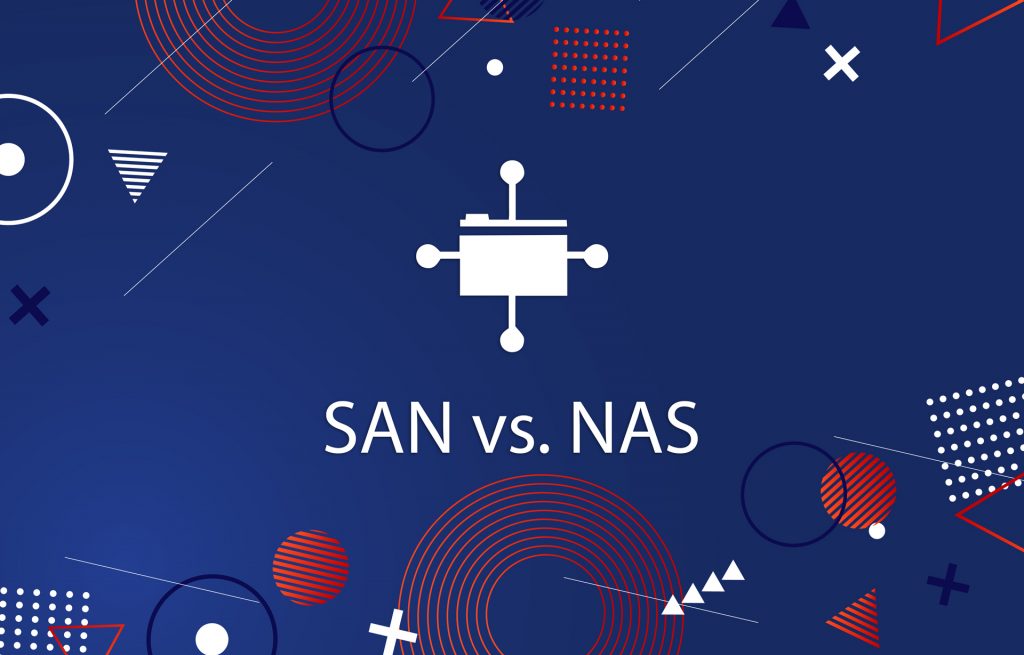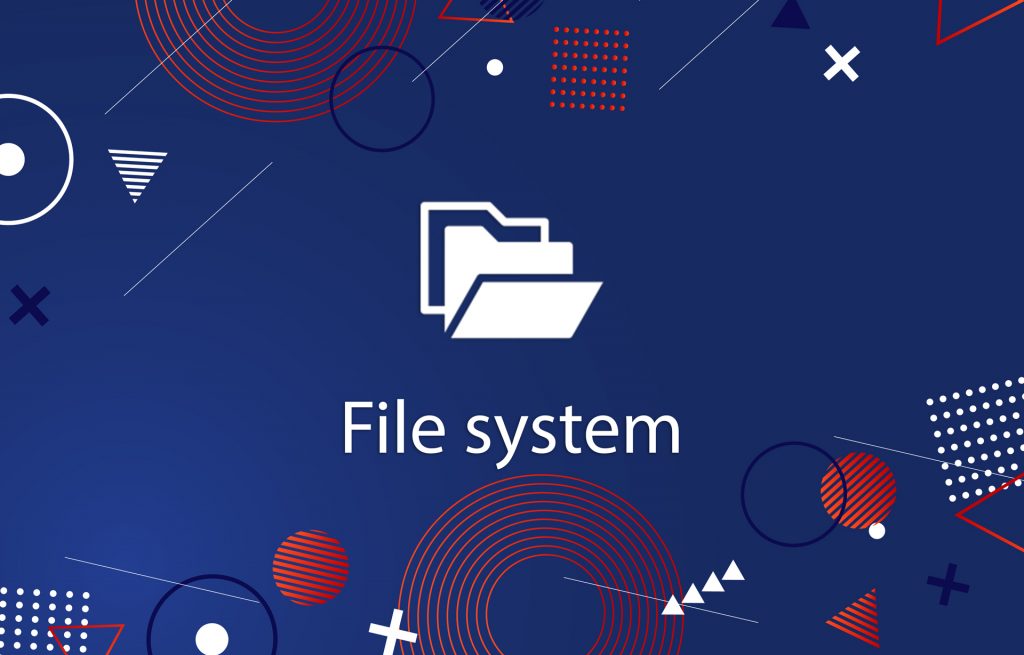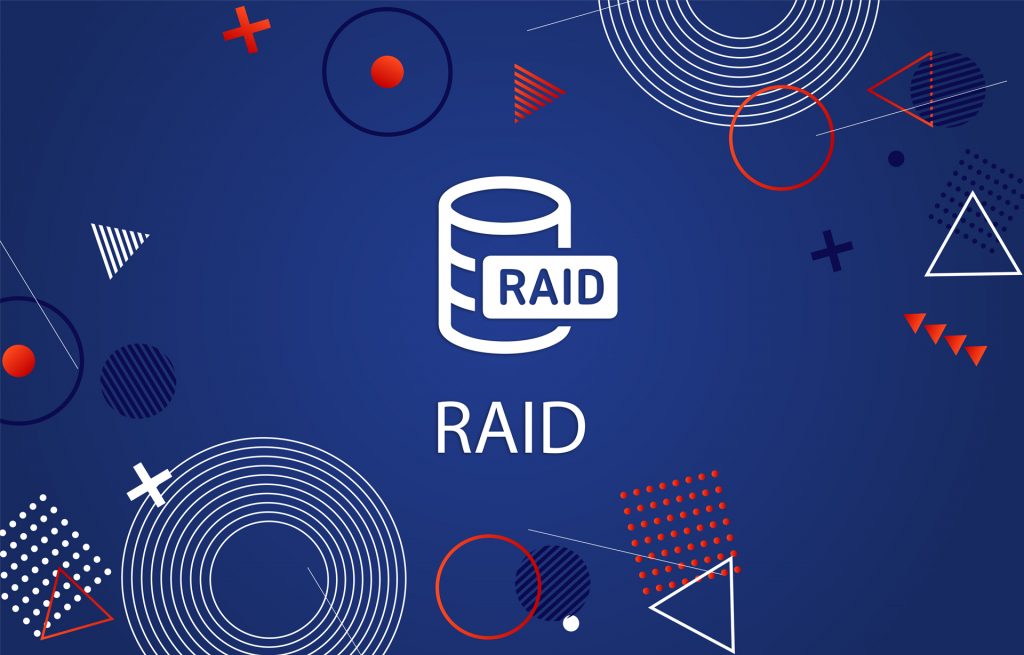Server monitoring is checking the server for availability, operations, performance, security, while identifying issues with servers, network connections, and so on. Monitoring is performed by system administrators who supervise IT environment health and safety reducing risk of failures. Various tools help sysadmins in this job e.g. Nagios, Icinga, Cacti, OMD. But there are much more solutions.
If you are looking for a real-time Linux server performance monitoring tool, NetData will fully meet your requirements. With NetData we can track a huge number of indicators: statistics CPU usage, memory usage, IO, network. NetData also features plug-ins to monitor different services: Postfix, Squid, PHP-FPM, and others. Written in C, NetData is fast and resources-efficient.

NetData gives a clear idea of what is happening now, and what happened during the recent past in Linux systems and applications. Thanks to easy deployment NetData works out of the box with zero configuration and zero dependencies.
NetData Features
- Predicting when the measured indicator will exceed a target value;
- Combining indicators with each other;
- Calculating values to get more full information;
- Automatically analyzing values to avoid unnecessary alerting;
- Storing monitored information;
- Graphical functions for optimal usability;
- Visually intuitive.
The number of its features is really extensive. All of them merge in a top-notch tool which keeps track of all the information on server. It monitors CPU, memory, disks, network interfaces, IPv4 and IPv6 networking, IPC, NFS file servers and clients, network QoS, Linux control groups, applications, MySQL, Postgres, Redis databases, and so on.
NetData Benefits
Real-time Monitoring
Net Data’s philosophy is a real-time monitoring. This means that you do not have the information centralized but displayed in real-time on each device. You must connect to each device to view its status.
Installation on Each Monitored Equipment
Netdata can be installed on each monitored server. Its installation requires a number of tools. For the moment, the procedure is documented for Debian, Ubuntu, RedHat, CentOs, and ArchLinux. It can also be adapted for other GNU/Linux distributions and for BSDs, or even proprietary Unix, if the dependencies are available. Moreover, Netdata indicates that the tool has been successfully tested on Fedora and Gentoo.
Dashboard and Auto-Detection by Default
When it starts, Netdata automatically detects certain information and collects data. It is not necessary to declare all the network interfaces, all the disks, the number of CPUs, the size of the RAM. It will also automatically detect the processes “cron”, ntp, named, ssh, nfs , Nginx, and group them by function to trace the CPU consumption of each.
Extensible and Scalable
NetData Plugin API (any thing can be a netdata plugin: BASH, python, perl, node.js, java, Go, ruby, etc) allows analyzing everything you can get numbers from. Also, NetData makes your browser a central point of connecting all your servers together. This is how you get the whole picture of its metrics. And then it can archive its metrics to graphite or opentsdb at a lower rate in order to avoid overloading of these servers with the collected data.
Attractive Interface
Good UI makes NetData pleasant to work with. You can skim through the graphs to get the measured values. On graphs with several plotted values it is possible to choose which element will be plotted by clicking on the legend to display/hide them. It is important when you need a comprehensive statistics with a big amount of data.
Sophisticated Alarming
Anytime you need an immediate information about your server you can set up alarms. These notifications can be via email, slack.com, pushover.net, pushbullet.com telegram.org, twilio.com.
Conclusion
The main goal of NetData is to help you achieve operational excellence. For that NetData tries to visualize the state of the server at a particular moment in greatest detail. As a result, NetData presents as a non-disruptive, detailed, and real-time performance monitoring and visualization tool.





